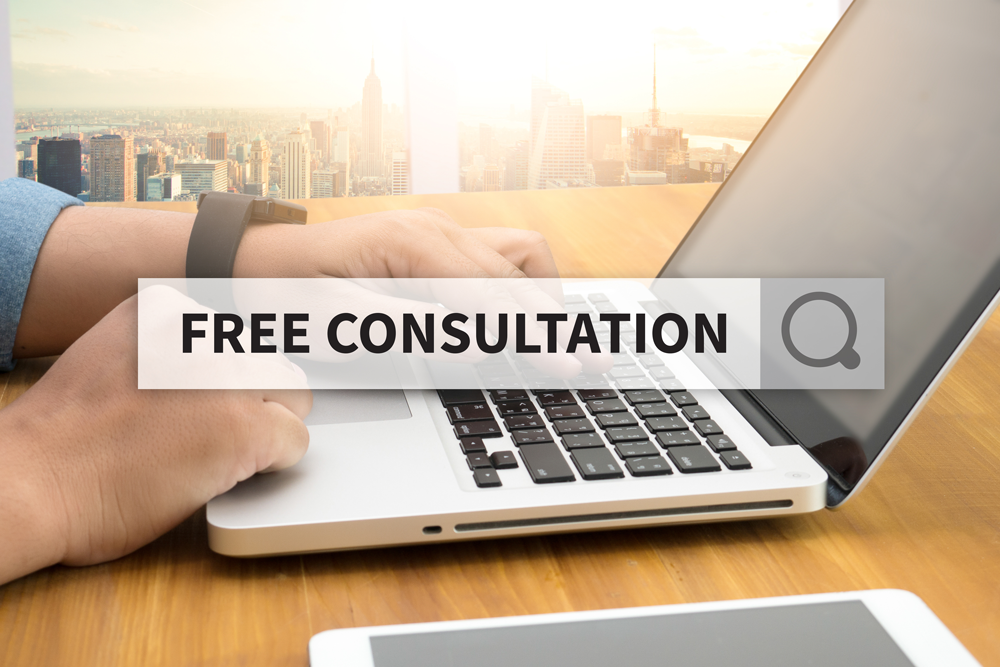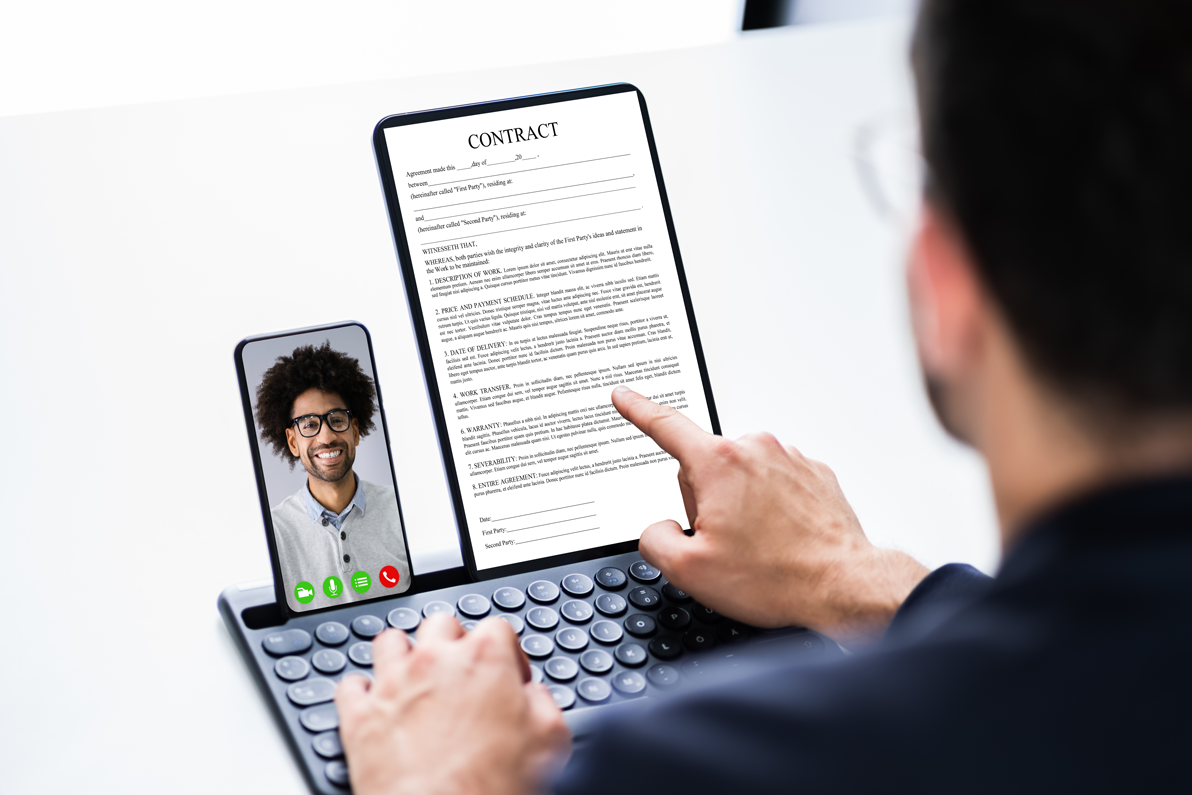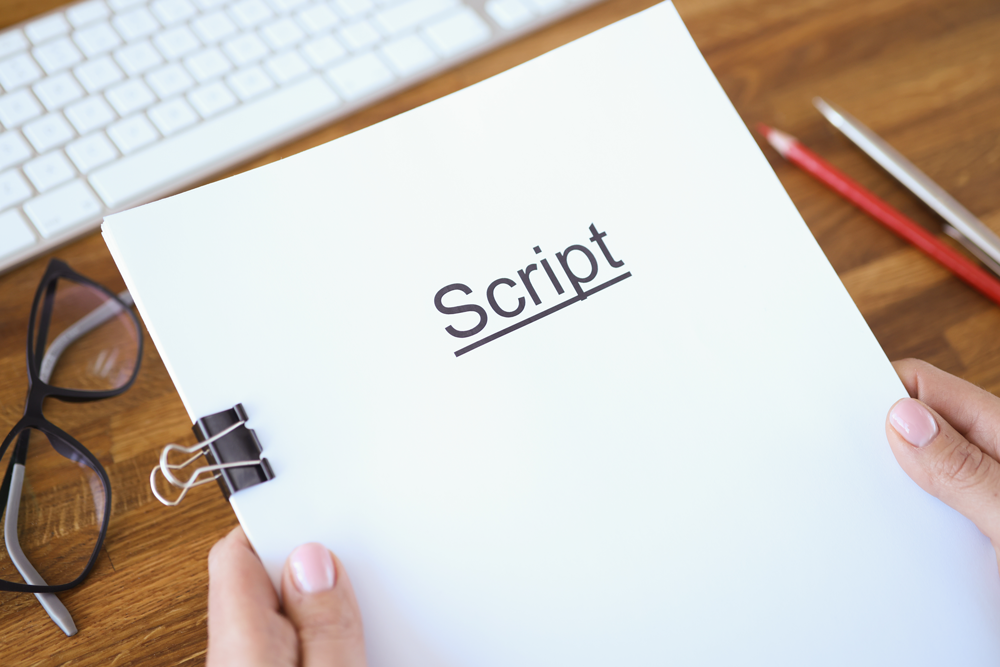Like many, my unemployment claim was not simple and straightforward, and navigating the unemployment benefits process was overwhelming. There is a backlog of ~40,000 unemployment cases in Washington State at the time this was published. Finding WEBA relieved my stress and gave me the peace of mind I needed during this process.
I found WEBA about six months after I initially applied for benefits. Once I had them as part of my team, my stress immediately reduced – not because anything changed about my case or the process, but because I felt for the first time like I had someone on my side, fighting for me, instead of being alone and navigating an opaque and inhuman system. The representation I received was personalized to me and my case. My questions were always answered quickly and there was always the option to hop on a call if the question required it.

I knew WEBA was keeping track of my case via the online portal, so I was never stressed about missing an important notice. When my hearing was finally scheduled, WEBA worked with me to prepare and conducted a practice hearing so I would know roughly what to expect. After my hearing, we got on a call to debrief how it went and the next steps. Once the ruling came out, we had another call to debrief. Whenever a question came up, I had no hesitation in reaching out to ask. I am so fortunate to have found WEBA during this process.
This is what my experience looked like:
I separated from my company in the fall of 2021 under ambiguous circumstances that did not clearly fall into any of the categories listed for benefits, however, I felt that I had valid reasons for claiming benefits. I hadn’t been unemployed in about a decade, and the process had changed considerably (it was still mid-pandemic and all online now!). I immediately applied for unemployment benefits, submitting the specific info of my situation into the portal as accurately as I could. And I waited. It took over two months, but I finally received a letter denying my claim for benefits.
I was devastated. As with any rejection, I experienced a flood of emotions – anger at the situation, frustration with the system, fear for my financial security and an overwhelming feeling of not knowing what to do next. That moment sucked. It took a while for the intensity of those feelings to mellow, but once they did, I decided to file an appeal with a “worst thing they can do is say no” attitude. The thing was, I had no idea how best to file the appeal – at this point in the process, there wasn’t a checkbox or a form to submit.

I am certainly not a lawyer and unemployment law is not simple, so I did what anyone does these days – I started googling. Pretty quickly I came across the Unemployment Law Project. This website is an amazing resource for all types of unemployment information and situations. And, it’s translated into multiple languages for folks who aren’t as comfortable with English.
Hoping to get some guidance on the next steps, I called and left a voicemail. That’s the biggest challenge with the Unemployment Law Project – the demand for their services is so high, and they are such a small organization, only a fraction of the people who reach out to them get to interact with a person. I still have never received a call back from them. Regardless, I found a page on their site for how to appeal a benefits denial decision and used that information and guidance to submit my appeal. And then I waited, again.
A couple of months later, I am still waiting to hear something from the Employment Security Department when I came across WEBA. I knew Rory, though we had lost touch with the pandemic, and decided to reach out. It was the best decision I could have made. Rory and his partner, Jacob, made the opaque unemployment benefits process easy and clear (well, as clear as it could be). Rory used to be an administrative law judge overseeing unemployment claims like mine, so he understood the nuances of the process. I felt like I was being treated like a person for the first time since before I separated from my former company.
Working with WEBA was easy. Here’s what the process looked like for me:
Scheduling the Initial Consultation
Setting up my initial consultation was simple. I just went to the website and clicked “Schedule Your Free Consultation” and the process began. This link took me through a few prompts to assess my situation, where I was in the process and fit with the services WEBA provides. Then I was taken to a scheduling page to schedule a consultation appointment based on what worked for my schedule. Once I submitted the request, I was sent a confirmation with a Zoom link for the specified time.
Prep for Initial Consultation
After I submitted my consultation request, I received an email from WEBA asking for me to provide more information relevant to my case, submit documents for them to review prior to our consultation, and sign a consultation agreement formalizing the relationship. The process was clear and simple, and once signed, I received a copy of the agreement.
Initial Consultation & First Steps
This got off to a rocky start as my Zoom app updated but did not update with the meeting link, so I was sitting on an empty call (thanks, Zoom!). Since it seemed like I didn’t show up for the scheduled call, Rory emailed me after a few minutes to see if the time still worked. Realizing what happened, I restarted Zoom and joined the link provided. I’m thankful for Rory’s follow-up at that moment and that we could keep the time.

During the meeting, Rory asked several clarifying questions about my case and shared some initial thinking on how we could approach my appeal given its non-standard characteristics. Using screen sharing, we logged into my Employment Security Department account to look at the notices I had received and to check the hearing status with the Office of Administrative Hearings (OAH). Immediately, Rory realized that the OAH portal was not linked to my ESD account, my case was not in the OAH system and we couldn’t track the hearing schedule. Rory gave me detailed instructions on how to add the portal to my profile and check the status of my hearing.

As with almost everything in this process, things were not as straightforward as they should have been, and I ended up calling OAH to get fully set up. Once OAH was linked to my ESD profile, I could see the status of my hearing (scheduling pending) and gave Rory the info needed so he could be added as representation to my case.
Adding Rory and WEBA as my representation in the OAH portal was key, as it enabled Rory and WEBA to track any developments of my case and I did not have to stress about missing a step.
It took almost 11 months from when I first submitted my appeal to receive a hearing date. During that time, Rory would periodically reach out to let me know that he had checked the portal and there had been no movement.
Preparing for the Appeal Hearing
Rory sent me an email that the hearing was scheduled before I received the notice in the mail from OAH. He put together a script for my testimony based on the details of my case and the likely questions the judge would ask me. The script was very thorough and Rory was quick to answer my questions. I reviewed the script to make sure it accurately captured the details of my case and used language I was comfortable with.
Next, we scheduled time to do a mock hearing where Rory played the role of the administrative law judge and asked me questions. These questions were part of the script, so I was prepared to answer them. It was really good to practice saying the answers out loud and getting a sense of the tone that the hearing would likely take.

Once we completed the mock hearing, Rory and I discussed the logistics for the hearing day and other potential unknowns.
Hearing Day
The day of my hearing didn’t go as planned as my former employer’s representation asked for a continuance. That initial hearing lasted about 10 minutes. Rory called me immediately after to discuss what had happened and next steps, and to express frustration with the situation.
A new hearing date was scheduled for about a month later. Rory and I met again before that hearing to check in and go over the logistics. During the hearing, the judge asked me a series of questions that were very similar to the questions in my script, and I felt confident in my answers. Rory had the opportunity to ask questions where he felt the judge had missed some context. The hearing lasted about an hour.
After that hearing, Rory called so we could debrief what had happened and the timeline for the next steps. About a week later, the judge’s ruling came in. Again, Rory emailed me the ruling before I received it in the mail and asked if I wanted to discuss it.
In general, working with Rory and WEBA made me feel supported and heard in a process that otherwise feels bureaucratic and inhuman. The personalized attention to my case and the one-on-one time given to me made this process much less stressful than it would have been otherwise. I cannot recommend WEBA more.